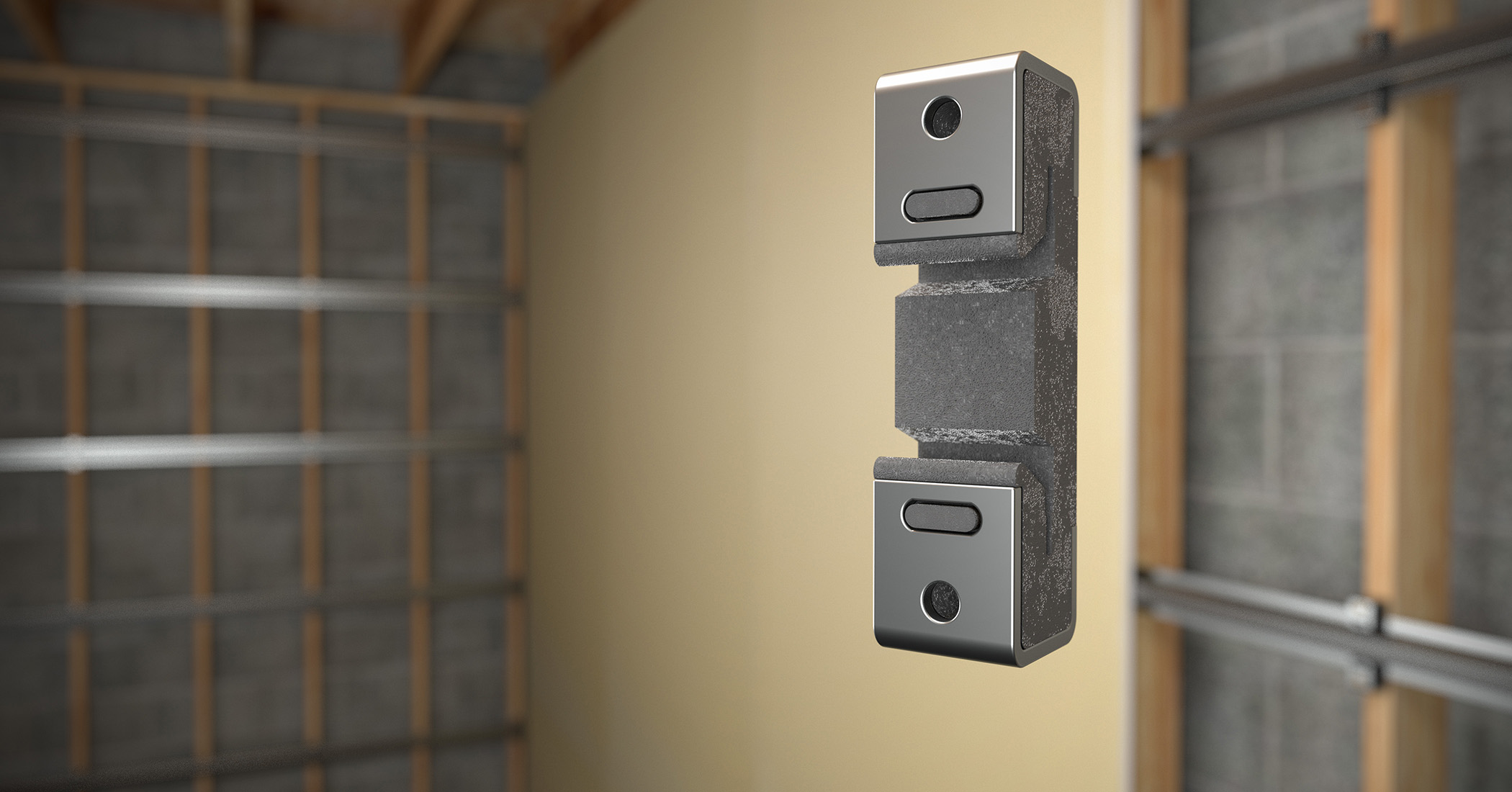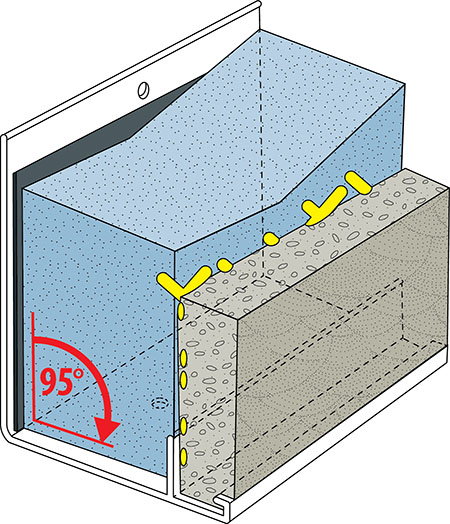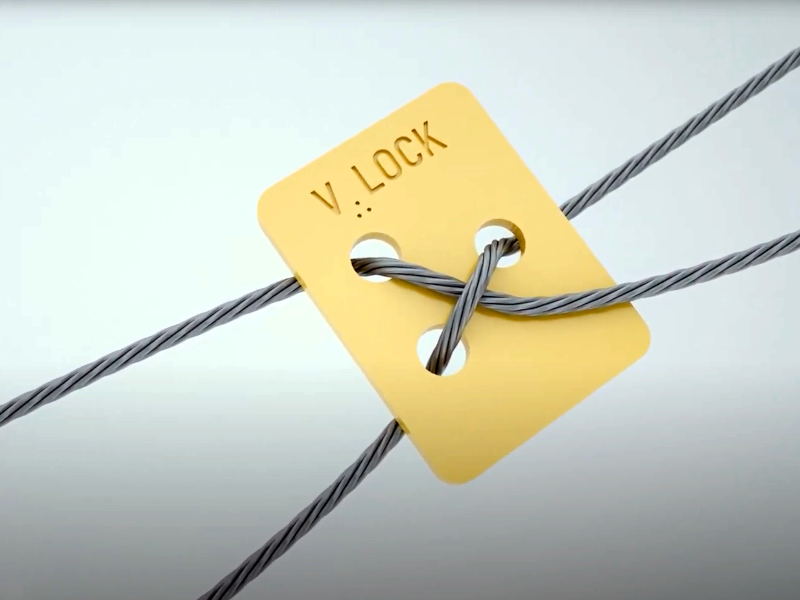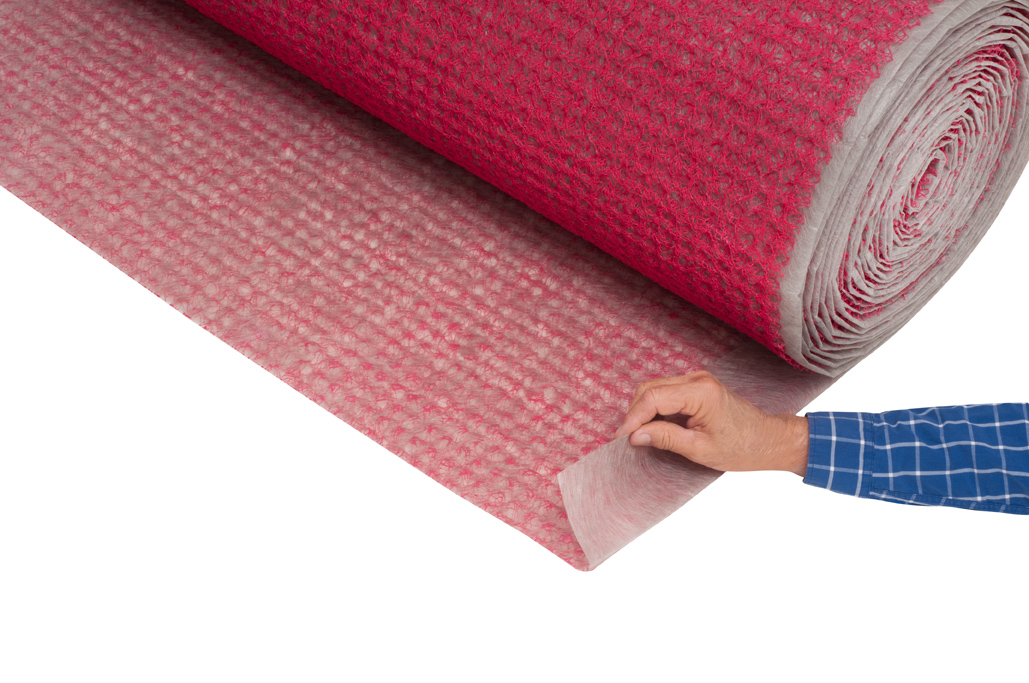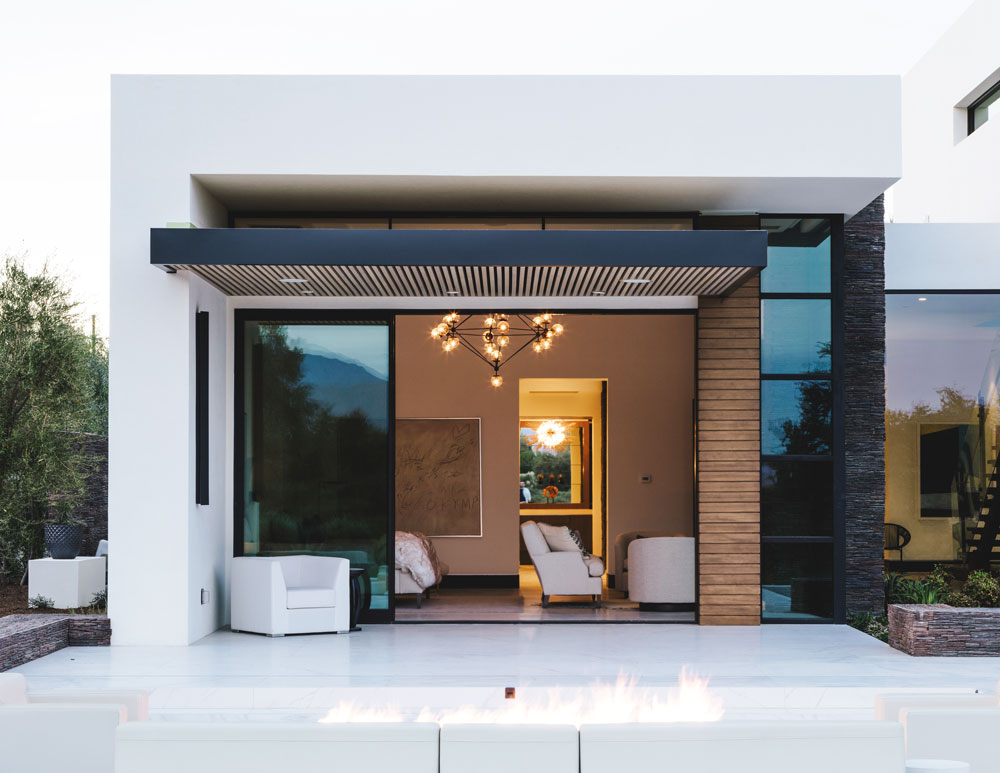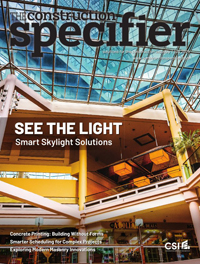Looking into AIA’s design-build documents
 LAW
LAW
Michael B. Bomba
Surging in popularity in recent years, design-build is now the fastest-growing delivery method in the design and construction industry. According to the Design-Build Institute of America (DBIA), roughly 40 percent of commercial projects in the country rely on it. Proponents argue design-build is a streamlined, flexible approach that helps prevent delays and reduce project costs.
In 2014, the American Institute of Architects (AIA) released updated versions of its commercial design-build family of documents, which include the following six agreements:
- AIA Document A141-2014, Standard Form of Agreement Between Owner and Design-Builder;
- AIA Document A142-2014, Standard Form of Agreement Between Design-Builder and Contractor;
- AIA Document A441-2014, Standard Form of Agreement Between Contractor and Subcontractor;
- AIA Document B143-2014, Standard Form of Agreement Between Design-Builder and Architect;
- AIA Document C141-2014, Standard Form of Agreement Between Owner and Consultant for a Design-Build Project; and
- AIA Document C441-2014, Standard Form of Agreement Between Architect and Consultant for a Design-Build Project.
In June 2015, CSI announced its endorsement of these documents. The decision was made after a thorough review by the CSI Technical Committee, which analyzed the AIA contracts for consistency, good industry practice, and alignment with CSI core technical values.
“This endorsement is a testament to the quality and importance of our design-build documents, and reinforces AIA’s leadership position in the industry with respect to this growing delivery method,” said Deborah DeBernard, AIA, NCARB, Architect AIBC, LEED AP, the institute’s senior vice president and general manager of Global Innovation and AIA Contract Documents.
In the design-build project delivery method, the owner enters into a single contract with a design-builder, who may be a design-build entity, an architect, a contractor, or a real-estate developer, that is responsible for both the design and construction of the project. The design-builder will then contract directly with the architect and contractor as necessary for the project. This differs from the traditional design-bid-build approach, where the owner directly retains the architect and contractor under separate agreements.
The central document in the AIA’s design-build family is A141-2014, Standard Form of Agreement Between Owner and Design-Builder. The updated 2014 version includes the incorporation of general conditions within the body of the agreement. The document consists of the agreement and three important exhibits.
Exhibit A is the Design-Build Amendment that memorializes the project design and contract sum. Execution of the Design-Build Amendment is the culmination of an iterative process resulting in a preliminary design and a proposal that includes the contract sum and time based on the initial owner’s criteria provided to the design-builder. When the proposal is agreed upon, the owner and design-builder execute the Design-Build Amendment.
Exhibit B is an insurance and bond exhibit. Insurance requirements include professional liability and pollution insurance, and the exhibit also lists the types and amounts of performance and payment bonds.
Exhibit C is a sustainable project exhibit used to identify the scope of the design-builder’s sustainability services, if any, and to establish a process to determine the owner’s sustainable objective for the project.


